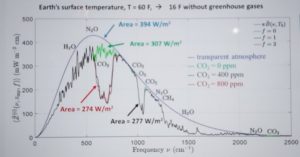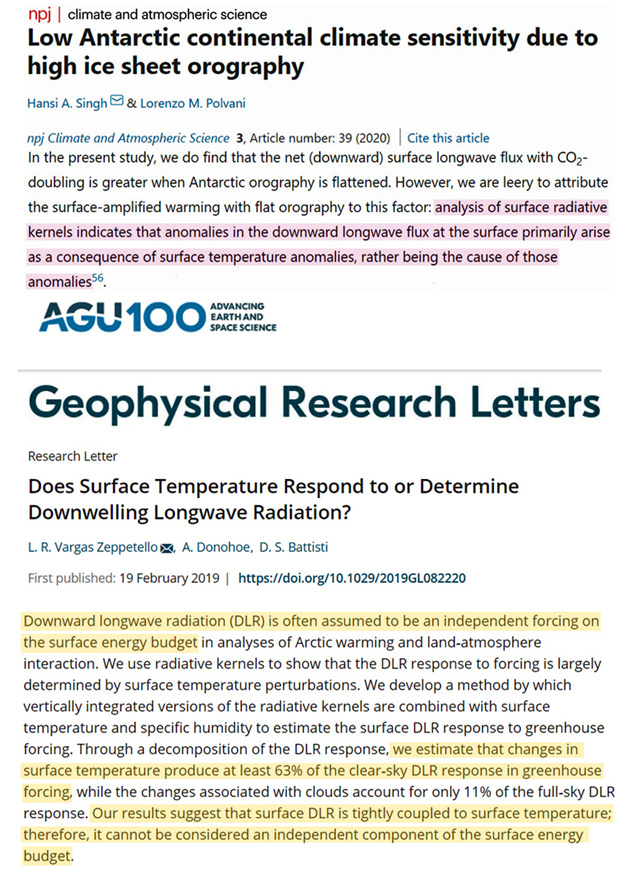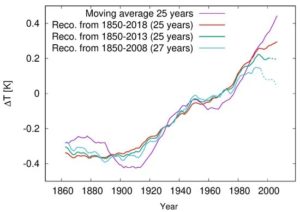by D. Nerbert, Apr 2, 2022 in CO2Coalition
America’s Executive and Legislative Branches are full of ignorant politicians who need help from a 5th-grader. By the 5th grade, students have already learned that all animals and fungi consume oxygen (O2) and release carbon dioxide (CO2);conversely, all plants consume CO2 and expel O2. This is the Circle of Life; without it, our planet would be only a rock in this solar system.
In 2019 and 2020, America became energy-independent — for the first time since the mid-1950s. This meant greater amounts of crude oil and petroleum products were exported than imported. Our economy was growing beautifully, and unemployment rates were the lowest in more than 50 years. On 20 January 2021, this was abruptly reversed with the stroke of Biden’s pen (executive order 13807 revoked, plus EO13990, EO14008 and EO14030) — which incomprehensibly made America energy-dependent once again, and has also caused this unwanted inflation.
Biden’s “climate plan” includes goals to transition from fossil fuels to “clean energy,” cut emissions from electric power to zero by 2035, and reach “net-zero CO2 emissions” by 2050. However, “clean energy” (solar and wind) is unreliable and does not even provide 10% of America’s energy needs. Biden’s entire house-of-cards is based on becoming “carbon-neutral” — because CO2 is viewed as “the cause of global warming,” which is claimed to be the “greatest existential threat to mankind.”
How silly is this? CO2 — along with O2, nitrogen (N2) and water vapor (H2O) — is necessary for all Life on Earth. Geological studies indicate that CO2 levels have been as high as ~10,000-15,000 parts-per-million (ppm). This was during the Cambrian Period (~541 to 485 million years ago), long before mammals existed; at that time, plant life flourished.
Ice-core data (during the past 800,000 years) have shown cycles of CO2 ranging between ~150-180 ppm during Glacial Periods, and ~280-310 ppm during Inter-Glacial Periods. Earth ascended from its last Glacial Period ~11,500 years ago.
Warming and cooling oceans are the likely reason for these CO2 oscillations. Atmospheric CO2 has risen from ~280 ppm in 1850 (end of the Little Ice Age) to ~410 ppm today. Thus, current levels of ~410 ppm (i.e., 100 ppm more than 310 ppm) most likely reflect the burning of fossil fuels. However, rising CO2 levels in this last century have substantially improved crop growth.
…




